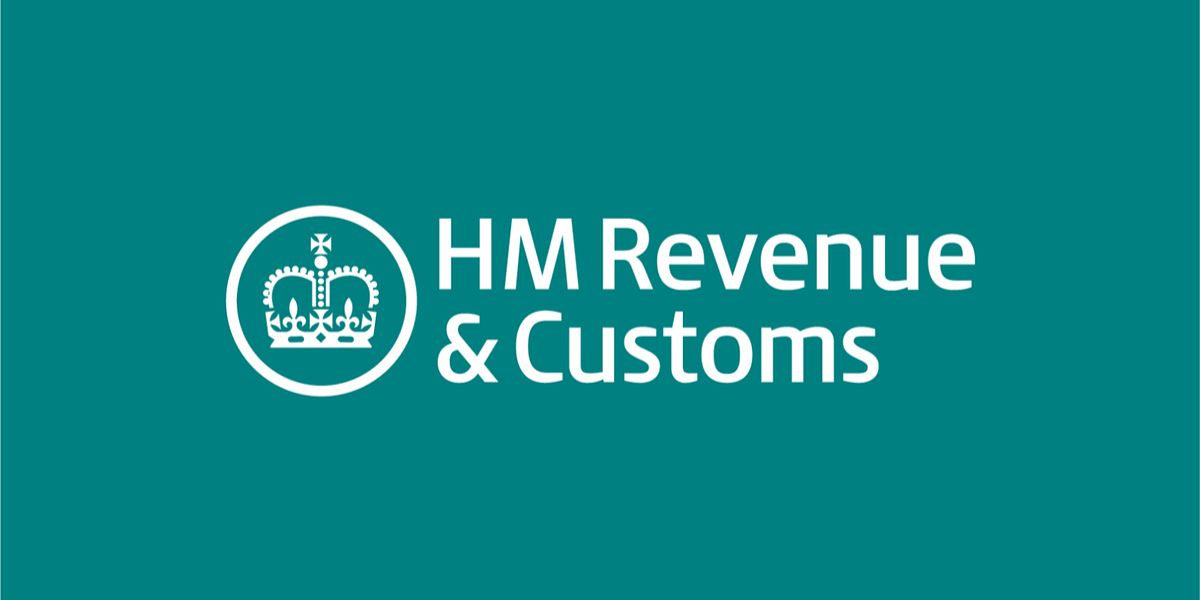On 24 August 2023 HMRC published updated statistics for creative industries tax relief, showing that GBP 1.66 billion was paid out in tax relief for creative industries in 2021/22. The increase was due mainly to a significant rise in the amount of high-end television (HETV) tax relief given in the year. In 2021/2022 the amount of HETV tax relief represented 50% of the total amount of creative industries tax relief given and film tax relief accounted for 31% of the total relief.
In the 2023 budget the government announced that the film and TV expenditure tax reliefs will be merged into a single scheme called the Audio-visual Expenditure Credit.
Film tax relief
Under film tax relief (FTR) companies can make a deduction from taxable profits or surrender a loss to receive payment of a tax credit. The relief is available on 25% of the qualifying production expenditure and is available for British qualifying films that have either passed a cultural test or are qualifying co-productions, subject to certain conditions. In 2021/22, a total of GBP 517 million of FTR was granted in relation to 770 claims. The increase in the amount of film tax relief given compared to the previous period indicates a recovery from the crisis during the pandemic although claims were still below pre-pandemic levels.
High End Television Tax Relief
The high-end television (HETV) tax relief makes available a tax deduction for qualifying companies. A claim can be made if the programme passes a cultural test; is intended for broadcast; and is a drama, comedy or documentary, subject to certain conditions. In 2021/22, GBP 829 million of HETV tax relief was paid in response to 475 claims. This was an increase of 131% over the previous year reflecting an increase in high-budget productions.
Animation Tax Relief
Animation tax relief (ATR) supports the production of culturally relevant animations in the UK and allows a tax deduction or a repayable tax credit for qualifying companies. A company must qualify under a cultural test and certain other criteria. In 2021/22, GBP 21 million of ATR was paid in relation to 85 claims for relief.
Video Games Tax Relief
Under video games tax relief (VGTR) 25% tax relief is granted on a maximum of 80% of the production budget of a qualifying video game. A company can make a number of claims for tax relief during the production process and a claim for relief may cover a number of video games. In 2021/22, GBP 189 million of VGTR was given in relation to 345 claims. This represented the first year-on-year fall in relief claimed since the VGTR was introduced.
The UK government announced in the 2023 budget that it is to replace VGTR with a new Video Games Expenditure Credit which will give a higher rate of relief on qualifying expenditure.
Children’s Television Tax Relief
Children’s television tax relief (CTR) is generally similar to HETV and animation tax relief, and claimants are subject to a cultural test and other conditions. In 2021/22, GBP 27 million of CTR was paid in response to 75 claims for relief.
Theatre Tax Relief
Theatre tax relief (TTR) may be claimed by a qualifying production company playing before live paying audiences or with educational purposes, subject to certain conditions. In 2021/22 GBP 55 million of TTR was paid in response to 725 claims.
Orchestra Tax Relief
Orchestra tax relief (OTR) is available for a qualifying orchestral production company putting on a qualifying orchestral concert (with at least 12 instrumentalists). In 2021/22 GBP 11 million of OTR was paid in response to 110 claims.
Museums and Galleries Exhibition tax Relief
Museums and galleries exhibition tax relief (MGETR) is available to charitable companies, subsidiaries of charities and local authorities. Tax credits are restricted to a maximum per exhibition of GBP 100,000 (touring) or GBP 80,000 (non-touring). In 2021/22 a total of GBP 9 million of MGETR was paid in response to 190 claims for relief.
Use of the Statistics
The tax relief for the creative industries is considered to have a significant impact on employment, especially for freelance and contract workers, by attracting inward investors to increase production in the UK and enabling more domestic productions to be undertaken. The UK government needs to monitor the costs and benefits of creative industries tax relief to determine the effectiveness of each relief and make any adjustments required to achieve the required objectives. The collection and analysis of statistics helps policy makers to ensure that the tax incentives continue to be targeted correctly.


















